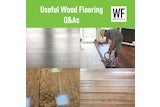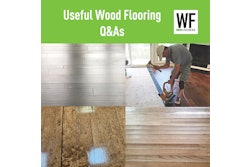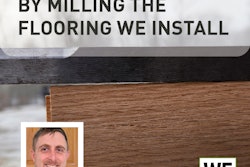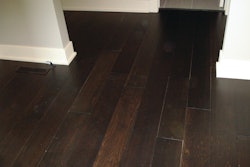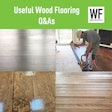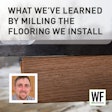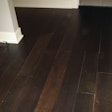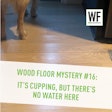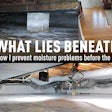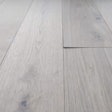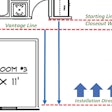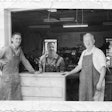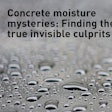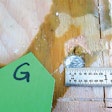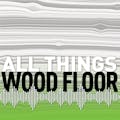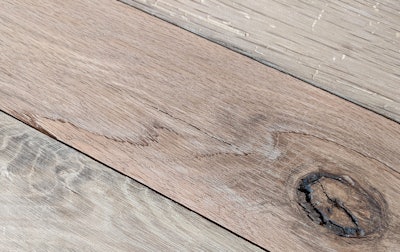
Is the wind really what causes “shake” in wood flooring?
Wayne Lee, business development and technical advisor at Burns, Tenn.-based Middle Tennessee Lumber, answers:
Many people think shake—a lengthwise separation of wood along the grain— is due to the wind blowing through tree limbs and breaking down the tree over time (and after the tree is cut, the “wind shake” shows up). That’s a factor, but not the cause.
Shake starts with an anaerobic bacteria called Clostridium. Jim Ward, a researcher at the U.S. Forest Products Laboratory, found that every tree with shake had this bacteria. Some of his insights:
- The bacteria is slow-growing, no more than 1½ inch in a year.
- It is rare to see damage high in a tree; it’s mostly in the butt of the tree.
- The moisture content is dramatically higher in infected areas of the tree.
- The bacteria create an enzyme that dissolves the wood fibers.
This helps us better understand the stress placed on the fibers. The infections stay in the central part of the tree, and that is why we see more shake in the lower grades of flooring. Keep in mind that wood flooring mills do not get the best part of a tree, because the furniture and cabinet mills capture that wood. My joke is: The wood is picked by the furniture and cabinet folks and wood flooring is next … just above railroad ties and tomato stakes!
RELATED: Understand the Different Flooring Cuts for Better Jobs
Now when you think of shake and you see those pain-in-the-butt cut separations running parallel to the rings, you can better understand what the stress is and where it started. Mills try to catch as much as they can when grading, but installers are the final inspectors on every floor, so be on the lookout for shake (sometimes it won’t even show up until you are in your finish coats).
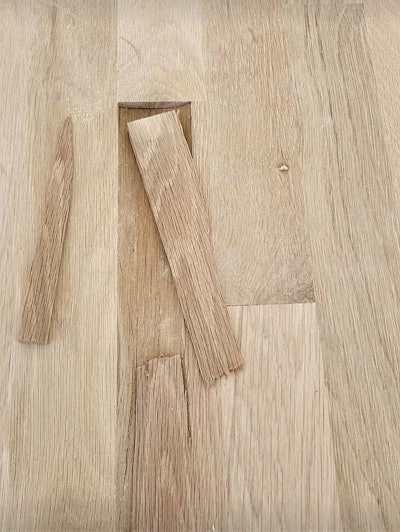 Justin Hiers
Justin Hiers









